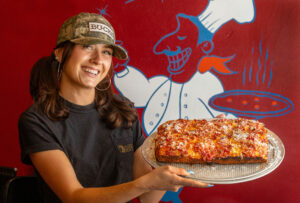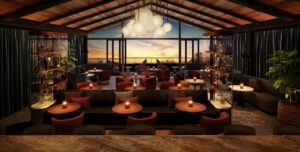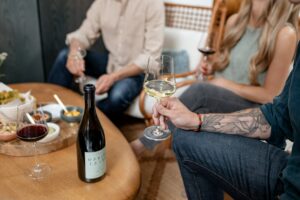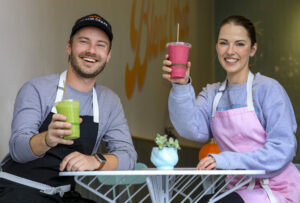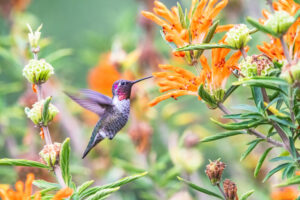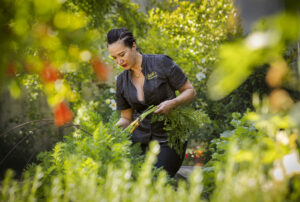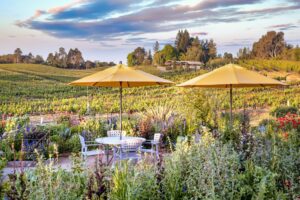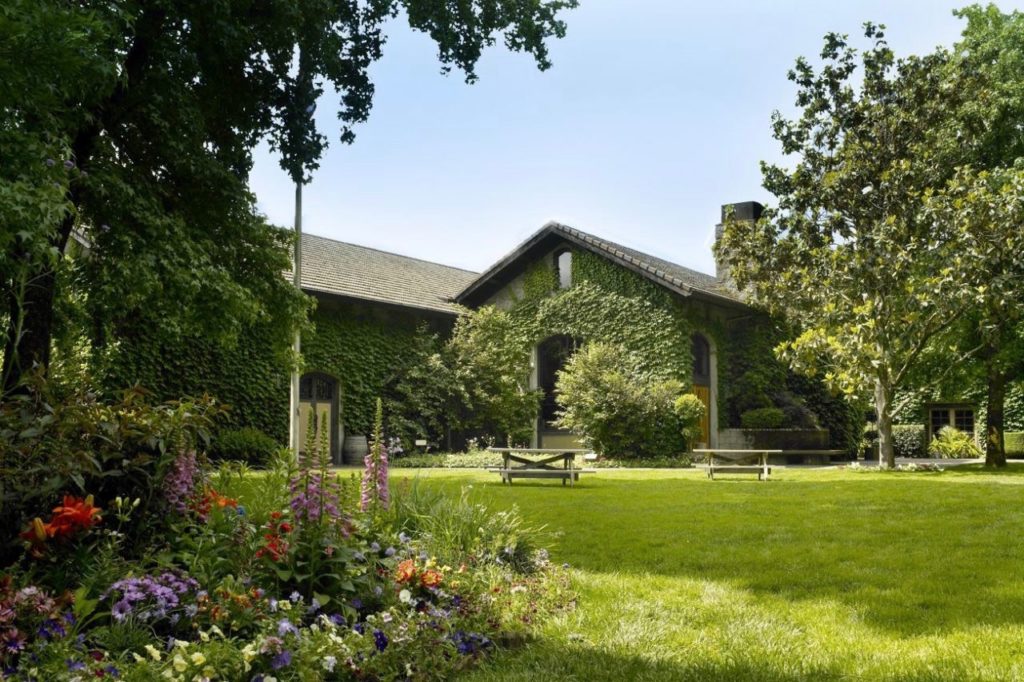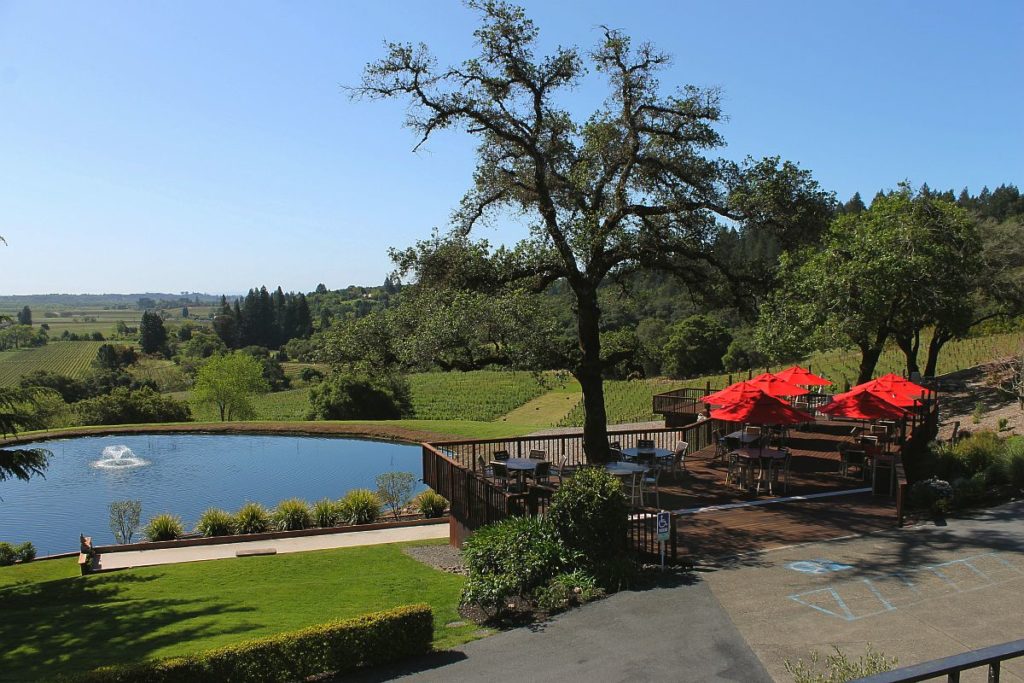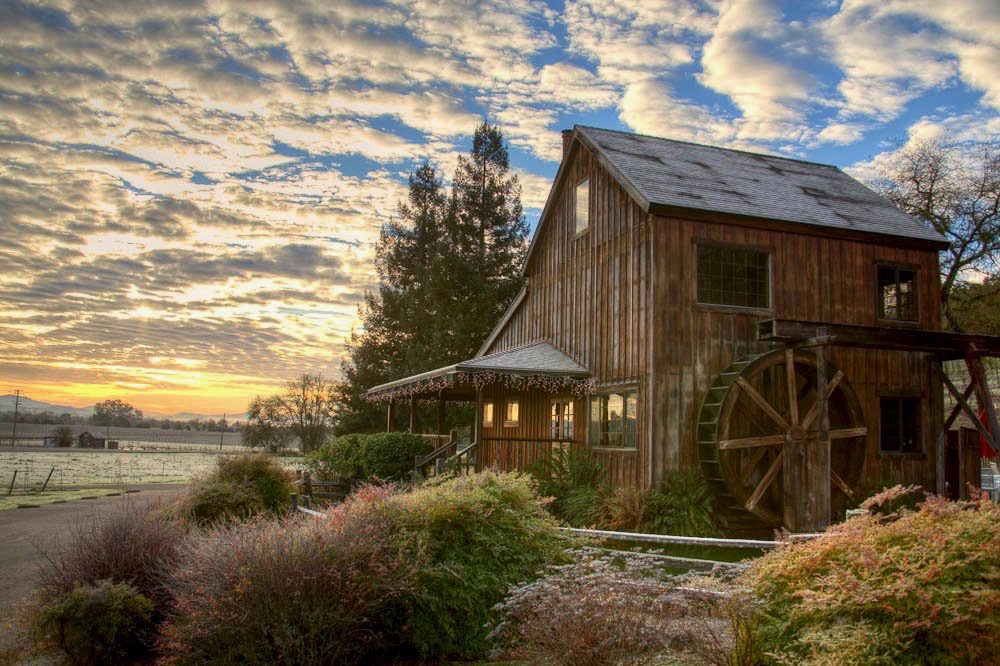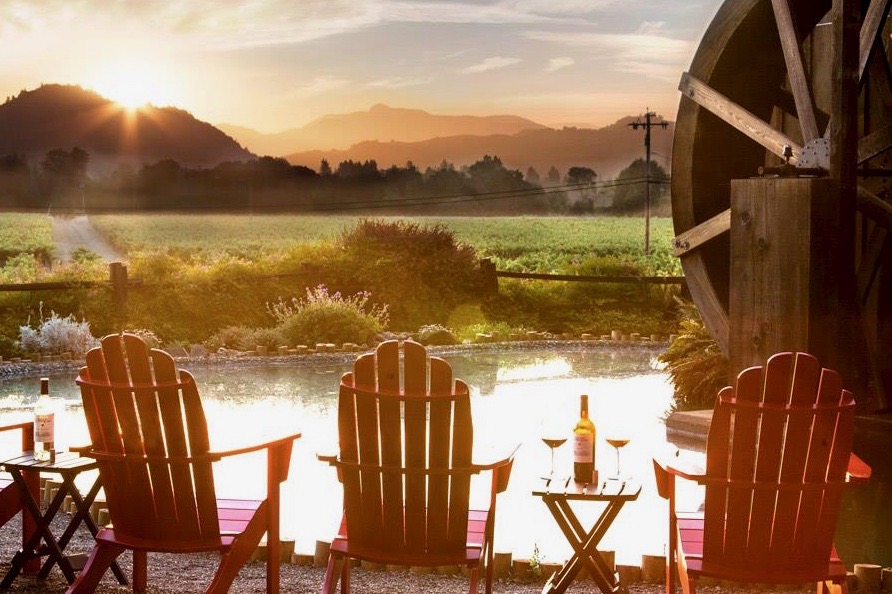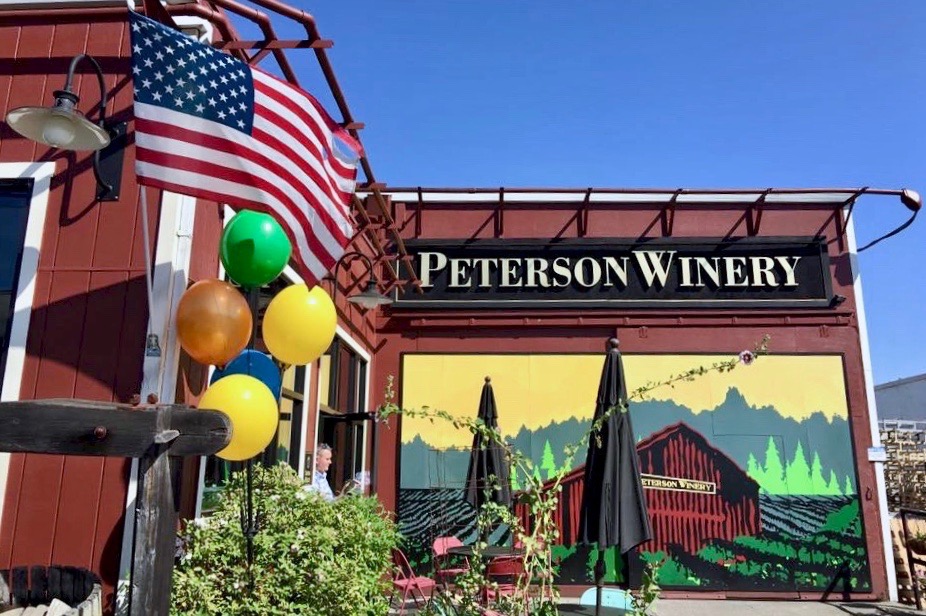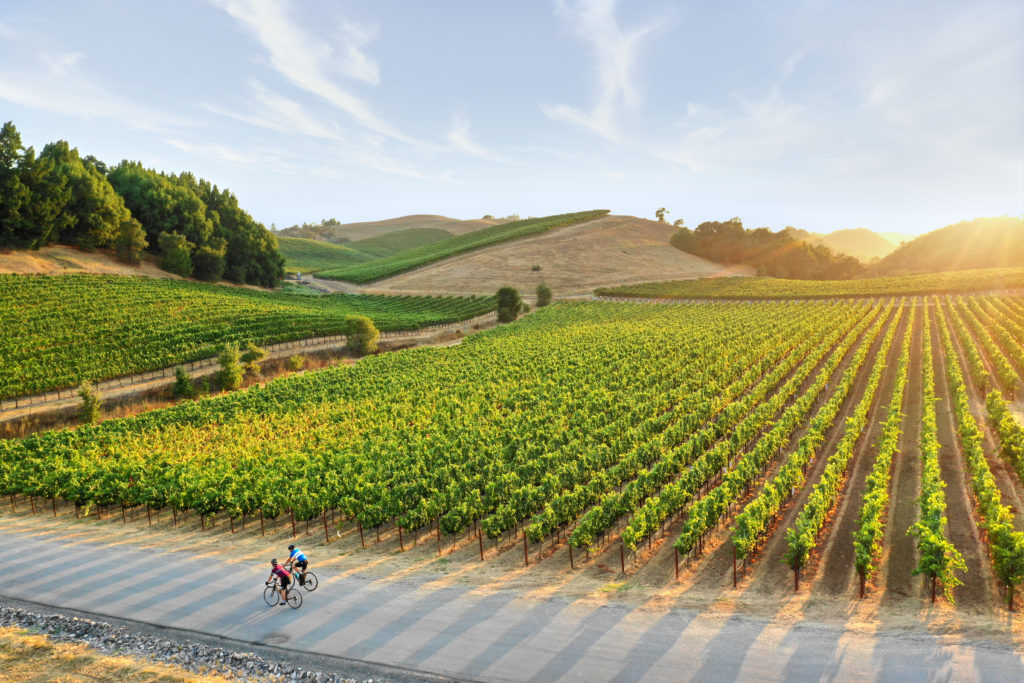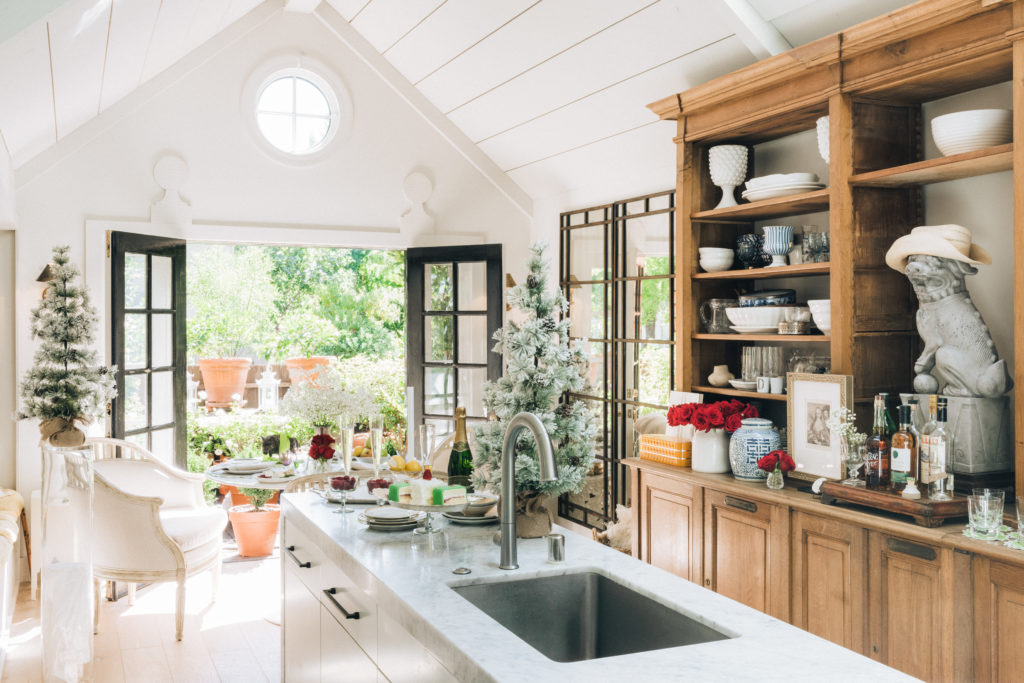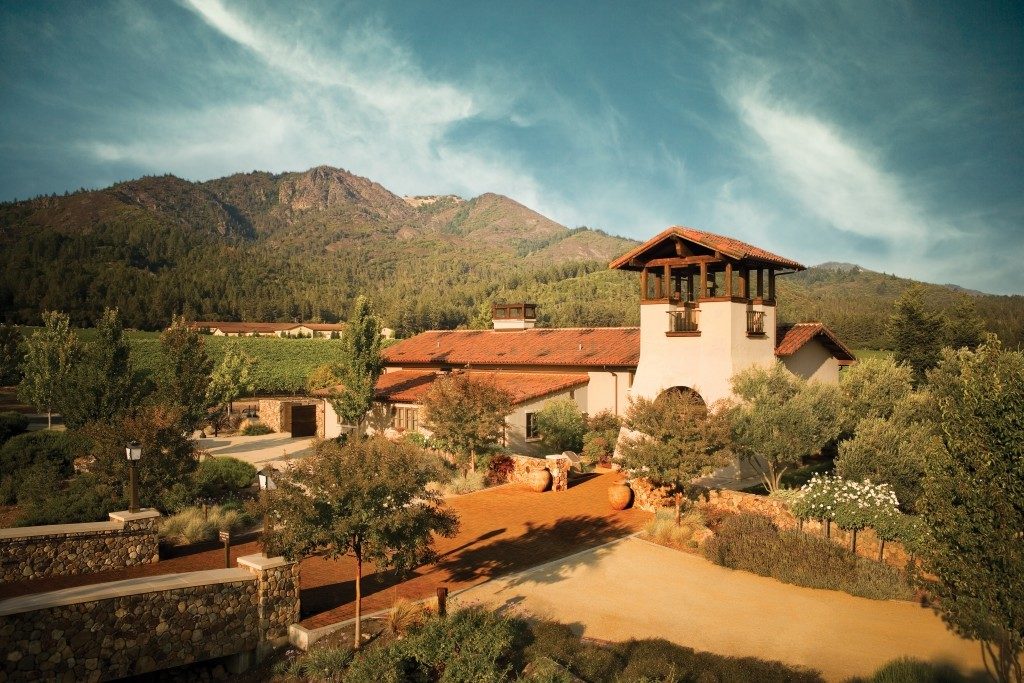In 1972, David Stare founded the first new winery in Dry Creek Valley since Prohibition and had local grapegrowers scratching their heads over his first choice of grape to plant: Sauvignon Blanc.
Stare admired the white wines produced from this variety in France’s Loire Valley and Bordeaux regions. While there was no precedent for cultivation of Sauvignon Blanc in Dry Creek Valley, Stare trusted his gut (and tastes), ignored consultants’ recommendations to plant Chardonnay, Gewurztraminer, Merlot and Cabernet Sauvignon, and went all-in on Sauvignon Blanc.
It was a prescient move. Not only did the variety become the most successful wine for the Stare family’s Dry Creek Vineyard winery northwest of Healdsburg – it now produces five versions under winemaker Tim Bell – it also set the tone for other valley wineries and growers to make Sauvignon Blanc the white-wine standard, a counterpart to more traditional Zinfandel and Cabernet Sauvignon.
“Consumers like our (Sauvignon Blancs) because they are elegant and nuanced,” explained company president Kim Stare Wallace, David’s daughter. “We develop a lot of fans for our (Sauvignon Blancs) because we have a variety of different flavor – they reflect the different vineyards and terroir of our region; each has its own personality and expression.”
At nearby Quivira Vineyards, Hugh Chappelle produces four Sauvignon Blancs, each distinct in flavor and aroma profile. From the widely available Dry Creek Valley bottling to the top-flight Queue Collection Sauvignon Blanc, Quivira’s offerings are a big draw for visitors.
“We are certainly a destination winery for the varietal,” said General Manager Jim Connell. “Hugh has built our reputation as a Sauvignon Blanc leader in Dry Creek Valley. He’s shown what the potential is for the grape, and it’s not just us.”
Generally, Dry Creek Valley has sandy loam and river-strewn, well-drained gravelly soils, which suit Sauvignon Blanc. Herbal notes are a sensory signature of the varietal, although the finest Dry Creek Valley examples contrast the grape’s pungent personality (fresh and dried herbs, just-cut grass, even jalapeño) with tangy grapefruit, lime and Meyer lemon fruitiness, and brisk, mouthwatering acidity.
Complexity, and tasteable differences in the wines, comes from different winemaking practices. Stainless steel fermentation and aging are common. A growing number of winemakers are using oak barrel fermentation and again, too.
Chappelle like to use acacia wood barrels to age small portions of wine. Another tool is to blend with Semillon (as is done in Bordeaux) or stir in the spent yeast cells with the wine after fermentation, which can add mouth feel and weight.
Most Dry Creek Valley producers offer Sauvignon Blanc, although some go an extra mile with the grape. Click through the gallery for five wineries to visit for scintillating Sauv Blancs.


